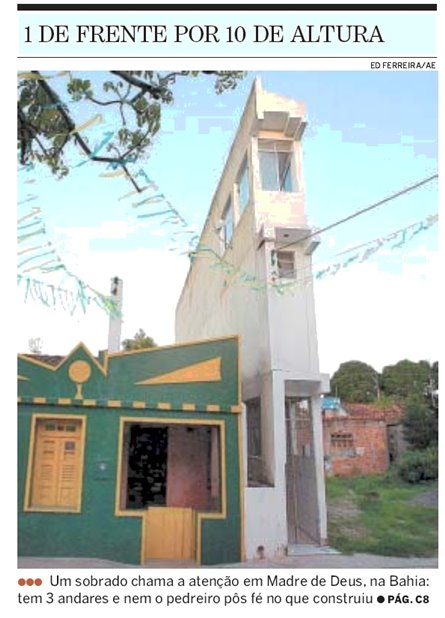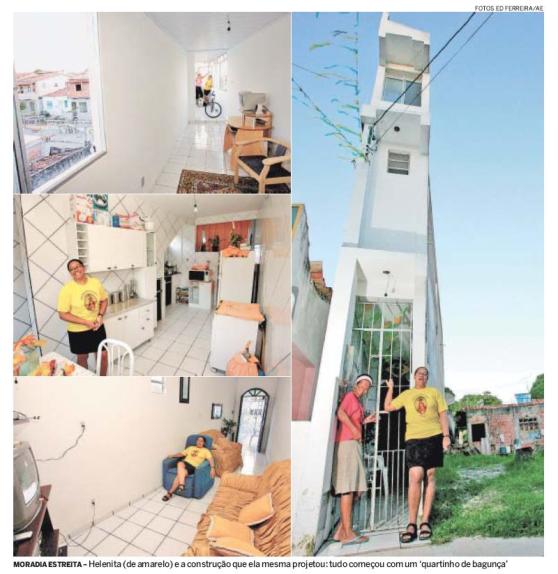“Built in 1920, Edificio Sampaio Moreira was the first skyscraper in São Paulo and stands in the Anhangabau Valley, in the heart of the city. The area has already been through a golden age and a spell of decline, and is currently going through a period of revitalization.” – Red Bull House of Art (see how it’s currently being used)

“Considered a colossus, at the time, it even scared people.” – Cristiano das Neves, the architect.
With 13 stories and 50 meters in height, the Sampaio Moreira building ranked as the tallest building in São Paulo between 1924, the year of its inauguration, and 1929, when it was beat out by the Edifício Martinelli (with 30 stories). It is considered the first large multistoried building in the city, as well as one of the first in the country to present such typology. Considered the “prototype” of São Paulo’s never-ending skyscrapers – built in a time when other buildings maxed out at 4 stories -, the Sampaio Moreira building is registered as a historic site by the city due to its historical and architectural importance.

(Martinelli on the left and Sampaio Moreira on the right)
More Info
Prédio Sampaio Moreira (in PT, with old photos)
The Verticalization of São Paulo (in PT)



















